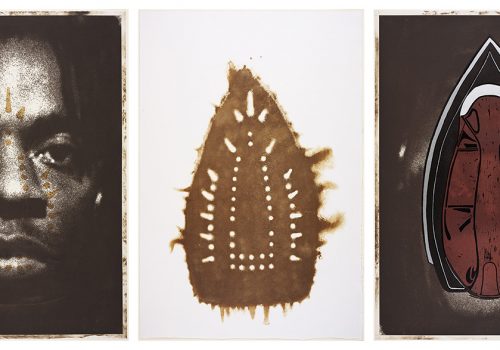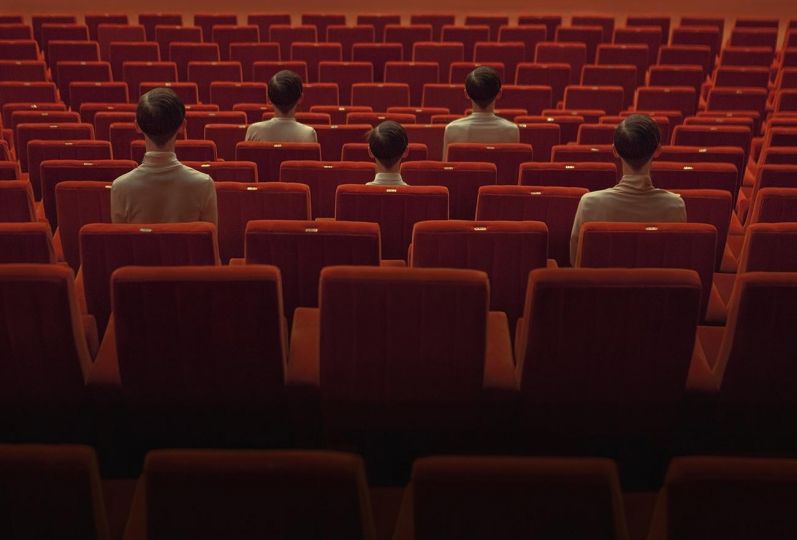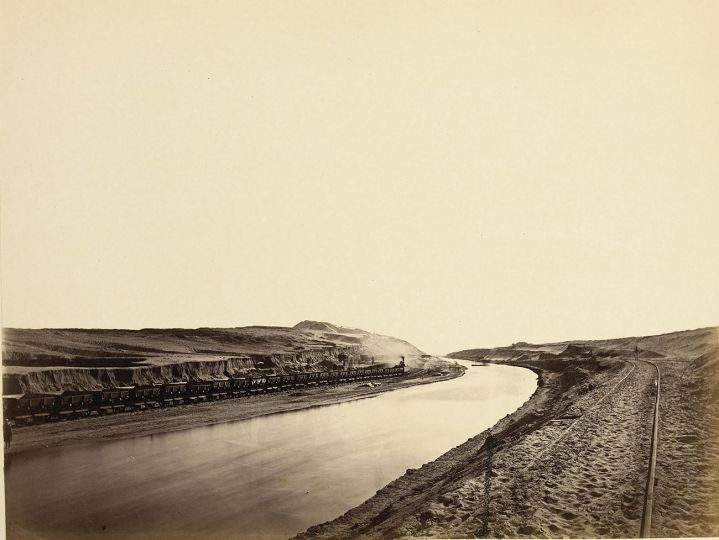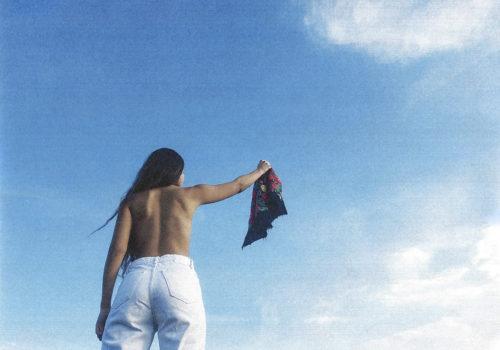Can a self-portrait depict more than just an artist’s physical appearance? The dozens of contemporary works on paper in “Personal Space,” ranging from straightforward representations of the self to more conceptual renderings, show an expanding definition of self-portraiture.
Traditional self-portraits by major artists like Käthe Kollwitz and Jim Dine are on view here alongside experiments in the genre, such as Robert Rauschenberg’s Booster (1967), a monumental lithograph that uses X-rays of the artist’s own body.
Works by younger generations of artists serve to broaden, subvert, and reinvent the notion of self-portraiture. Willie Cole’s Man Spirit Mask (1991) uses the household iron as a symbol to suggest domestic servitude, the branding of slaves, and the shape of African masks; in an untitled lithograph by Kiki Smith (1990), Xerox transfers of the artist’s tangled hair become a Pollock-like abstraction; and Glenn Ligon’s print series Runaways (1993) mimics the tone of 19th-century broadsides that advertised runaway slaves, substituting descriptions of Ligon written by his friends to form a kind of composite self-portrait. A newly acquired highlight is Balding (2017), a set of 21 meticulously rendered drawings by SMFA graduate Cobi Moules, in which the artist— a trans man—uses extraordinary candor and humor to explore the many possibilities that await his future self. Moules is one of several local artists included in the exhibition, alongside Allan Rohan Crite, Jess Dugan, Michael Mazur, and John Wilson.
With works from the turn of the 20th century to today, “Personal Space” presents visitors with a sampling of self-portraiture’s evolution over a century, and hints at where the genre might go in the future.
Personal Space
Self-Portraits on Paper
February 8–June 21, 2020
Museum of Fine Arts Boston
Clementine Brown Gallery (Gallery 170)
Avenue of the Arts
465 Huntington Avenue
Boston, Massachusetts 02115
















